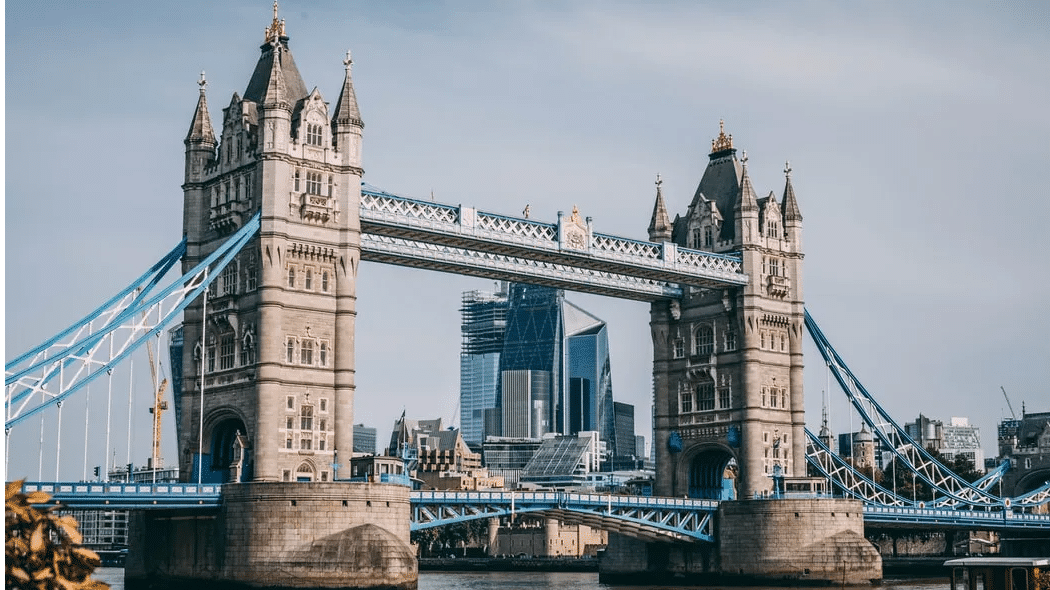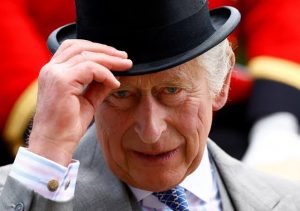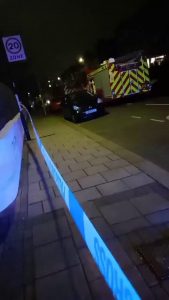The capital city of London and its bordering county of Essex, currently in Tier 1 “medium” coronavirus risk level, will be moved to Tier 2 “high” risk level of restrictions from Saturday owing to rising infection rates, the government announced on Thursday.
The tougher measures in Tier 2 impose a ban on mixing between different households indoors – in homes and pubs, bars and restaurants – along with the Tier 1 “rule of six” on outdoor gatherings.
Businesses and venues can continue to operate under COVID-secure conditions within these restrictions, however, those selling food or drink on their premises will be required to close between 10 pm and 5 am.
The stringent restrictions will come into force from Saturday.
“In London, infection rates are on a steep upward path, with the number of cases doubling every 10 days. The seven-day average case rate stands today at 97, rising sharply,” UK Health Secretary Matt Hancock said in a statement tabled in the House of Commons.
“We know from the first peak, the infection can spread fast and put huge pressures on the NHS (National Health Service) so we must act now to prevent the need for tougher measures later on. So, working closely with the mayor, with cross-party council leadership, with local public health officials and the national team, we’ve together agreed that London needs to move to local COVID alert level high,” he said.
In his message to Londoners, the minister added: “Thank you for what you’ve done to suppress this virus once. We all need to play our part in getting the virus under control once again.” Speaking earlier at City Hall, London Mayor Sadiq Khan had indicated the tougher measures were on the way because there is “simply no other option” as he warned of a difficult winter ahead.
ALSO READ| UK defends ignoring scientists’ measures to control surge in coronavirus cases
The Opposition Labour Party member reiterated his party’s demands for a brief “circuit breaker” complete lockdown to try and get a grip on the rising infection rate in the face of the Conservative-led government’s “complete failure to get a working test, trace and isolate the system in place”.
“Nobody wants to see more restrictions, but this is deemed to be necessary in order to protect Londoners by myself, London council leaders and ministers,” Khan said.
“In London, we experienced the worst of COVID-19 back in the spring. Thousands of lives were lost and our economy has been left reeling. We simply can’t afford for the government to be slow to act again,” he said.
Labour shadow minister and London’s Ilford North MP Wes Streeting said the new restrictions would keep businesses open “in name only” as he called for more economic support.
“There are lots of restaurants, pubs, bars and other venues whose doors will be open but customers will just not be walking through the door,” he said.
Meanwhile, it also emerged that Greater Manchester may be the next region to join Liverpool in Tier 3 or the “very high alert” level, which is akin to a complete lockdown. Hancock said that discussions remain ongoing about areas that need to be moved into this highest alert category.
Areas in the third-tier face extreme curbs, with different households banned from mixing indoors or outdoors in hospitality venues or private gardens and pubs, bars and other hospitality settings are meant to be closed unless they are serving substantial sit-down meals. There is also guidance against travelling in and out of the area.
ALSO READ| UK PM Boris Johnson to outline new lockdown system to curb rise in COVID-19 cases
The new three-tier system, which came in earlier this week, sees every area of England classed as being on medium, high or very high alert. Most of the country is on medium alert in Tier 1, which means areas are subject to the national restrictions currently in force, including the rule of six on indoor and outdoor gatherings and 10 pm closing time for pubs, bars and restaurants.
In addition to these restrictions, in areas on high alert in Tier 2 – currently, including north-east England, much of the North West and parts of the Midlands, along with West and South Yorkshire and soon to include London – different households are not allowed to mix indoors.
For the third and highest tier, further restrictions may be agreed upon for particular regions, such as the closure of gyms, leisure centres, betting shops and casinos.







